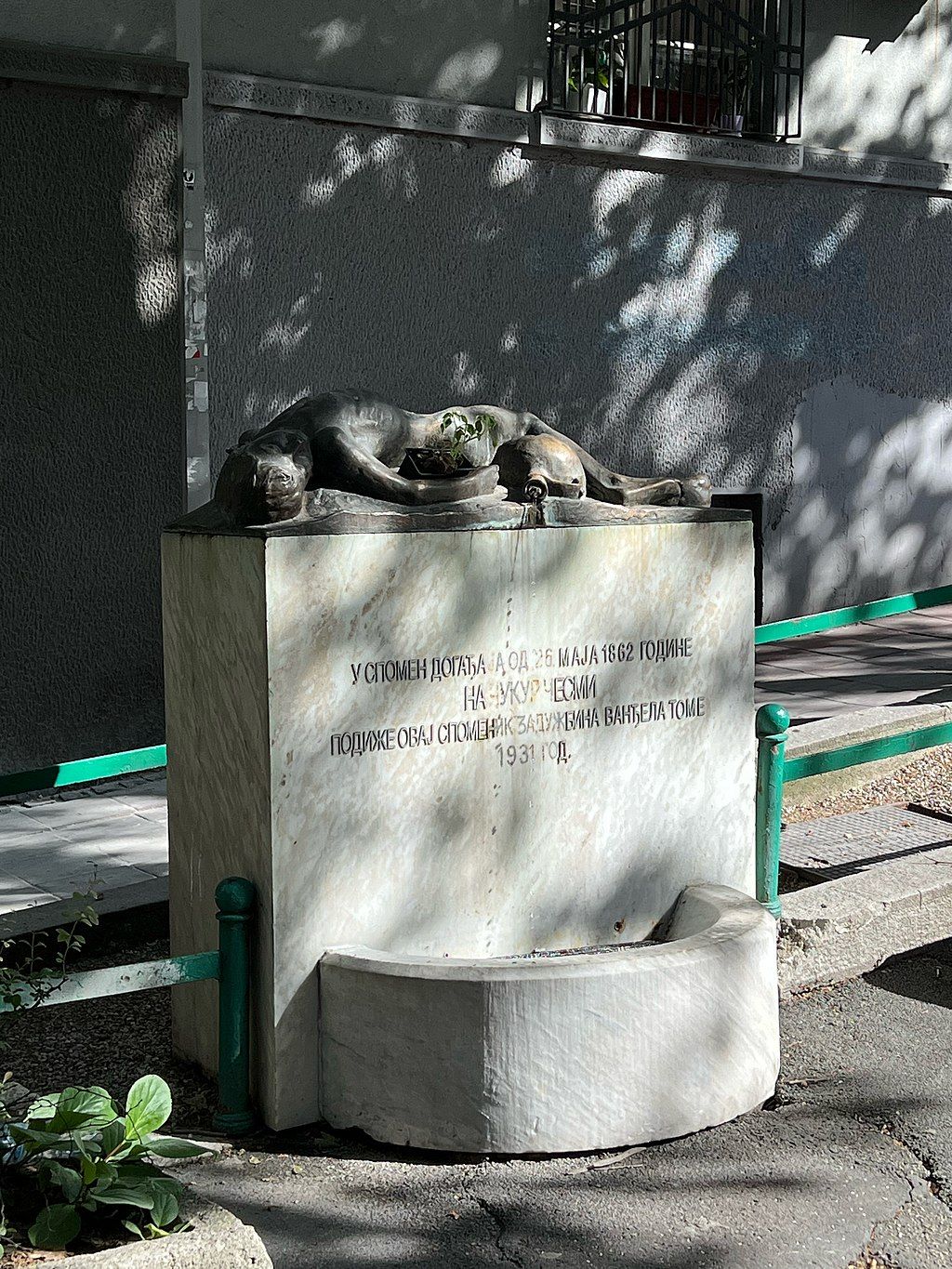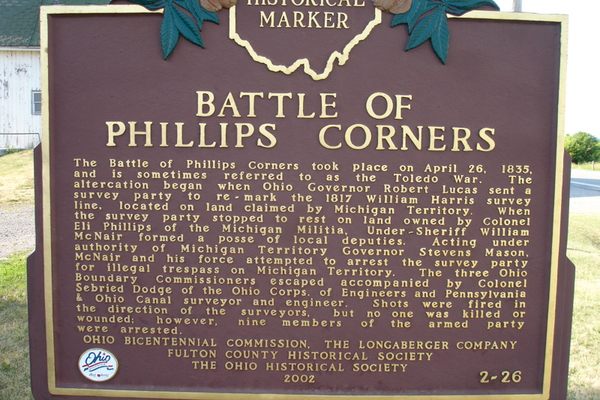About
Tensions were high in the summer of 1862. Belgrade was divided by Turkish and Serbian control, and a single incident was enough to start a small war.
On a hot Sunday afternoon on June 15, 1862, there was a conflict between Serbian and Turkish soldiers queuing for water. The stream of water was weak at Čukur Fountain, pouring slowly, leading to a long queue for the tap. Serbian and Turkish soldiers quarreled about getting to the water first in the heat of a scalding Balkan summer. A boy called Sava Petković from the village of Lukovo near Kuršumlija was also in line to get to the fountain. Sava had come to the capital to learn the Saracen trade. At that time, he was an apprentice of a grocer called Aleksa Nikolić.
According to one variant of the story, amid the arguing crowd, Sava carelessly knocked down and broke a jug being filled under the tap. The jug belonged to a Turkish soldier. Other eyewitness like Carlo Perolo, an Italian innkeeper and an employee of the Italian consulate in Belgrade, say the Turks asked to drink water from Sava's pitcher, to which Sava refused. A third version of story exists, in which the Turks put Sava's jug away, replacing it with their own. Consequentially, one of the men responded by hitting Sava on the head with a jug and seriously injuring him. Others say a Turk drew his bayonet and wounded the boy with it. Some sources report that the Serbian translator and representative to the Turkish authorities, Sima Nešić, then escorted the wounded Sava to Aleksa the grocer. Others say the boy died shortly after being wounded near the fountain itself. Though the stories vary, it is assumed that Sava died as a result of his injuries.
Chaos ensued after the death of Sava, which led to major tensions between the Ottoman Empire and Serbia, which was an Ottoman suzerainty at the time. Riots took over the city as Serbs took flintlocks, pistols, daggers, and scimitars from their houses to clash with the Turks throughout the city. The subsequent day saw a truce, and Ottoman police were ordered to vacate the Belgrade Fortress (the area of Kalemegdan), with safe passage guaranteed by the Serbian government.
The day after, however, Belgrade was shelled with bombardment by Ottoman cannons. This resulted in the loss of over 50 lives and over 300 homes. In response to the chaos, the Great Powers convened and decided that Ottoman troops should leave the Belgrade Fortress, leading to over 8,000 Muslims departing the city in the subsequent year.
Today, the fountain boasts a curious bronze sculpture titled "The Boy With a Broken Pitcher," representing the apprentice boy, Savo Petković, who lost his life. Erected in 1931, the sculpture's design is the work of Simeon Roksandić, inspired by the Serbian Realist movement. The model for it was a boy called Vlastimir Petković, who coincidentally shared the same last name as the conflict's victim.
Related Tags
Balkans Road Trip: Serbia, Croatia & Bosnia and Herzegovina
Traverse the beauty and history of the Balkans through locals' stories.
Book NowCommunity Contributors
Added By
Published
January 22, 2024






















